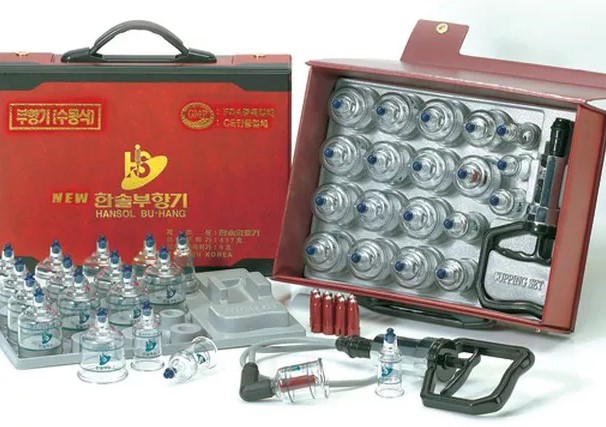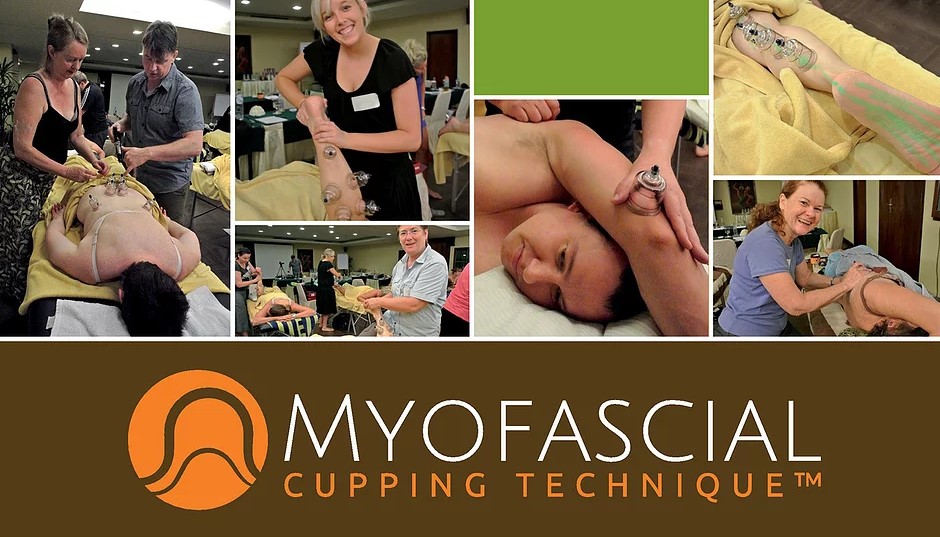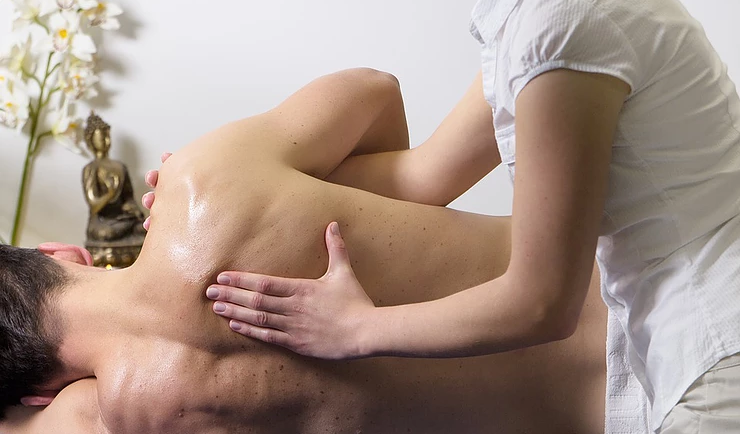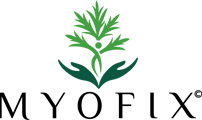MYOFASCIAL CUPPING
Choose to have this treatment:
-
on top of your massage therapy as an additional service;
-
on it’s own;
-
or to be included in your massage treatment for no extra cost



Myofascial Cupping Technique™ for Burns Patients (short documentary)
David Sheehan, the founder of Myofascial Cupping Technique™, heads down to Hobart, Tasmania to explore the positive effects myofascial cupping has on scar tissue with burns patients.
Frequently Asked Questions
What is MyoFascial Cupping?
Myofascial Cupping is a modern technique based on ancient cupping, which is a form of myofascial release. “Myo” is a medial term for muscle and “fascia” is a web-like sheet or band of fibrous connective tissue which surround bones and envelope, separate, or bind together muscles, nerves, organs, and other tissues of the body. Myofascial release is a manipulative treatment that attempts to release tension in the fascia due to trauma, posture, or inflammation. With this cupping technique the cup can be moved whilst there is suction of the skin, causing a regional pulling of the skin, fascia and muscle.
Myofascial Cupping does not include a flame and suction is created from a handheld device which is under complete control by the qualified therapist.
What are the benefits of Myofascial Cupping?
-
Increased range of motion by passive stretching of the tissue
-
An increase in nutrient rich blood supply and heating the area being treated
-
Increased fluid movement to the tissue assisting with recovery
-
Decreases scar tissue
-
Reduces muscle trigger points
-
Reduces fascial adhesion
-
Re-hydrates the fascia
-
Promotes muscle and full body relaxation
-
Relieves pain
-
Who benefits from Myofascial Cupping?
People who may benefit the most from myofascial cupping are those who suffer with chronic pain, fascial restrictions, particularly scar tissue from old injuries or surgeries and athletes. Cupping is generally for anybody and can be used on its own or easily incorporated into your next massage treatment.
Is Myofascial Cupping safe?
Cupping is generally safe when applied by trained professionals. It is not recommended for people with health problems due to side effects and we do encourage you to consult with your health practitioner prior to entering this treatment. Myofascial cupping is not recommended as a replacement for typical treatment and may result in bruising.
Does Myofascial Cupping hurt?
It is very important that you communicate with your Massage Therapist if/when you should feel any pain or discomfort, particularly when you cannot tolerate it. Similar to a Remedial Massage, Myofascial Cupping does focus on a deeper point in the muscles and while pain usually is an indication that the muscle is possibly injured or inflamed, the pressure should be adjusted if you are struggling to bare this treatment (again, this is where you will communicate any discomfort to your therapist during the treatment). As well, pain can cause you to tighten up and negate the relaxing effects of the massage. The most effective and deepest massage always works better with your body’s natural response, not against it.
Fascial tissue is full of nerves and can easily get hurt. It’s important to consider that when the fascia is healthy, it is relaxed, can be stretched and moved. However when the fascia is hurt it becomes tight, less mobile, restricted, and regardless of the point that is damaged, a source of tension occurs to the entire body.
How often should I get a Myofascial Cupping treatment?
The therapist will always consult with you upon completion of your treatment. Depending on your body and if they have located any “problematic areas”, you will generally be recommended to return at least once every 30 days. This is a way to maintain your body in attempt to prevent any pain or discomfort. If you should have any “problematic areas” you will be recommended more frequent visits at the discretion of your therapist until the area has been addressed and rectified back to a more acceptable state.
What causes tight fascia?
Chronic stress causes the fibers to thicken in an attempt to protect the underlying muscle as well as poor posture, lack of flexibility and repetitive movements pull the fascia into ingrained patterns.
How long will my Myofascial Cupping treatment last?
Your Myofascial Cupping treatment can either be carried out on it’s own as a sole treatment or additional to your other selected massage treatment, whether this be added on top of or combined into your massage treatment. If this is added or performed on it’s own, your Myofascial Cupping treatment will last the full amount of 20 minutes as advertised with 5 minutes added either side to your treatment, allowing you to undress and dress accordingly. Otherwise if this is included in your massage, your Massage Therapist will determine the length of the treatment which is usually applied between 10-20 minutes, depending on the necessity to use this therapy in your treatment.It is recommended you allow yourself some relaxation time prior to and after the session, and are more than welcome to utilise our lounge chairs in our waiting area. If you should decide to arrive early and insist on waiting for 5-10 minutes prior to your massage, even if the Massage Therapist is ready to take you through for your treatment, we will offer you a tea or bottled water.
If you have further questions which have not been answered here, be sure to head over to our FAQ section on our website.

Trial Massage available
HEALTH FUND REBATES APPLY
Please Note
If the therapist feels that the session has turned sexual for the client, male or female, he/she may stop the session to clarify the client’s intent, and may decide to end the session immediately.
